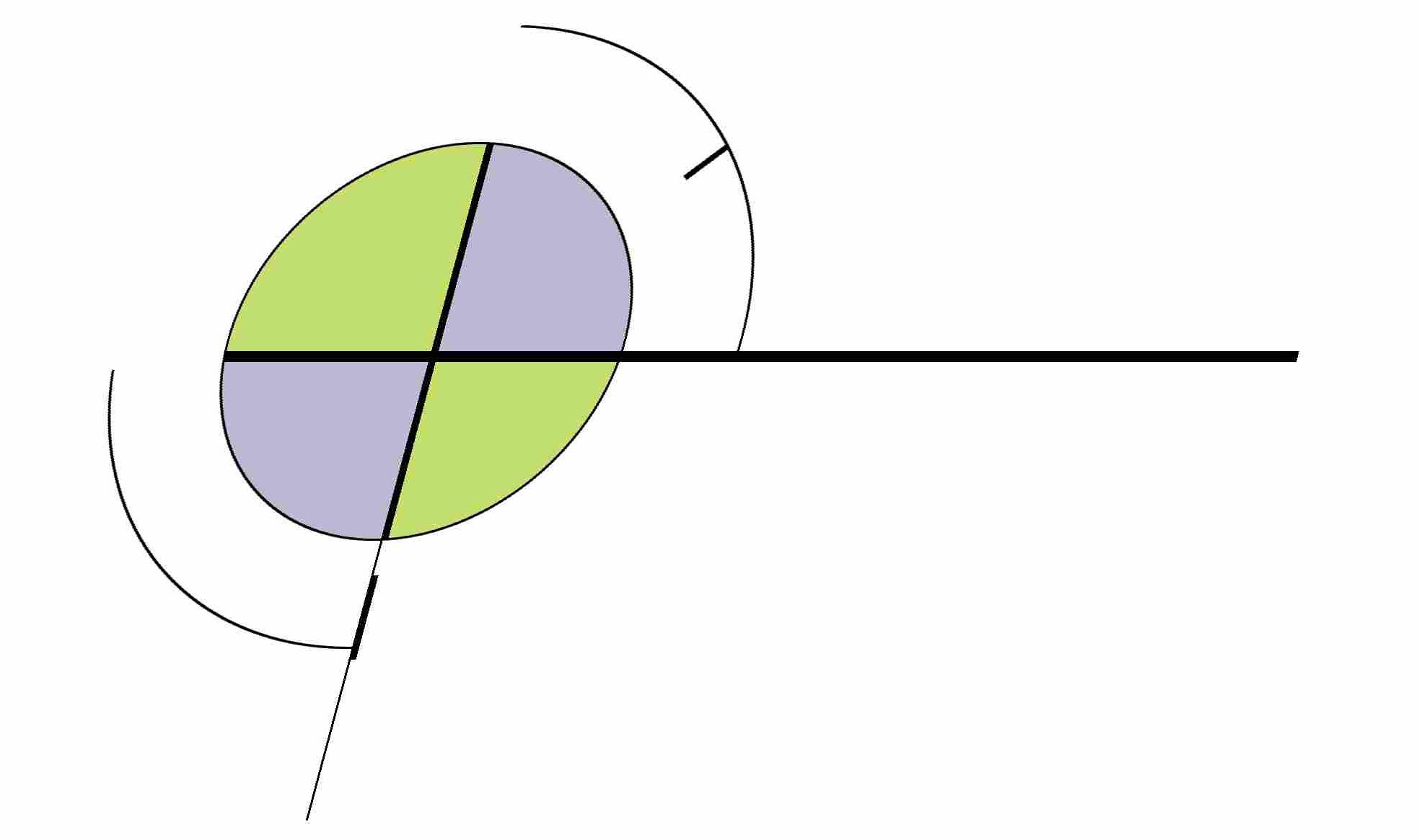By default Outlook sticks your data files on your C: drive, and makes it very difficult to change that. This can present a problem if your C: drive is getting full, or if you simply want to keep them elsewhere. Today my entire Outlook setup crashed and got corrupted – and none of my 4 accounts could be opened. Fortunately I use IMAP so recovering them from the servers would be possible, but I needed to get Outlook running again.
It looks like things changed in Outlook 2013 (specifically now there are OST and PST files separately, the OST’s being the big ones as they have the email), so the procedure to move a data file from before, didn’t work for me. After Googling extensively and trying various things, including a ForcePST registry setting, I settled on using a directory symbolic link – which was the only thing that worked. So do the following (this was tested on Windows 8.1):
- Move
C:\Users\username\AppData\Local\Microsoft\OutlooktoC:\Users\username\AppData\Local\Microsoft\Outlook-old - Create the new folder where you want your data files to end up, e.g.,
H:\new\path\to\Outlook - Open an administrator command prompt and do
C:\WINDOWS\system32>mklink /D "C:\Users\username\AppData\Local\Microsoft\Outlook" "H:\\new\path\to\Outlook" symbolic link created for C:\Users\username\AppData\Local\Microsoft\Outlook <<===>> H:\new\path\to\Outlook
- Move all the data files to
H:\new\path\to\Outlook - Open Outlook
Your data files should now be in the new place, since Outlook is fooled into still thinking they’re in the old location. Resyncing should work now. If it doesn’t you may need to delete your accounts and recreate them, but the important part is the new OST’s will be in the desired location.

Below you will find a link to an article. It goes through the various options to convert them. Plus it lists some secondary tools that can be used to accomplish your task. visit here; https://gallery.technet.microsoft.com/How-to-Convert-Offline-OST-d8ab9249
Thanks for the link. Well, I haven’t used an Exchange Server in decades (just ordinary IMAP, like with Gmail) so much of what they say there wouldn’t seem to apply. But it still could be helpful to others who find themselves in this predicament.